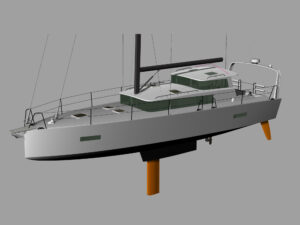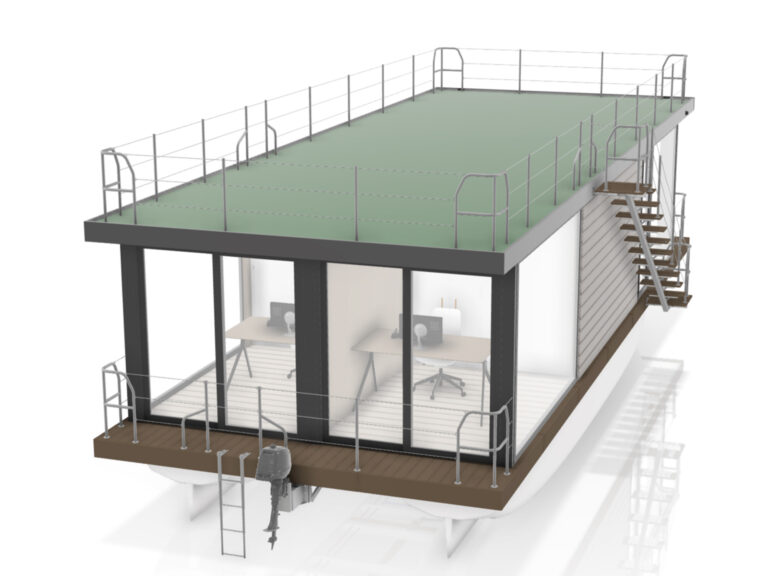
motor mount 368
If there’s an unsung hero in your engine compartment, the motor mount surely must be a strong contender. Think about it: Every last foot-pound of thrust created by the propeller must be transferred to the hull through the humble motor mounts. The prop pushes the engine, and the engine drags the boat along with it, whether it’s a 5-ton sloop or a 50-ton ketch, all thanks to these fasteners.
There are usually four motor mounts for each engine. Each motor mount’s saving grace is its simplicity. It typically has only two moving parts, the adjustment nut and the locknut, and these enable it to be used as a fine-tuner of engine alignment. The typical motor mount consists of a cast or pressed aluminum or steel foot affixed to the vessel’s hull or stringers. Within this base or foot is a rubber, vibration-absorbing pad or ring. A threaded stud rests on top of or within the rubber, offering it a degree of isolation from the metal base and the stringer. Because the motor mount must be called upon to keep the engine in place in even the liveliest sea conditions, the stud is usually permanently affixed to the mount’s base independent of the shock-absorbing rubber insert. Remember that the motor mount must function even in a knockdown or capsize-imagine what you’d have to worry about in such an event if the engine were free to roll around the cabin while supported only by the propeller shaft.
Inspect the visible portions of the rubber shock-absorbing material on your mounts. If it shows signs of cracking or separating from the metal, it’s time-probably well past time-for its replacement.
In addition to keeping the engine firmly attached to the vessel in which it’s installed, the motor mounts also allow for the adjustment of engine alignment. Rotating the adjustment nut on the mount stud enables a mechanic or savvy do-it-yourselfer to move any one of the engine’s four corners up or down to align the shaft coupling with the transmission output coupling. Once the alignment is set, it rarely has to be adjusted-but herein lies the problem: With disuse, any mechanical component can become cranky. You may find, when the day comes to use them, that the mounts are frozen solid with years of accumulated corrosion. Inspect your mounts: If they’re not new, make sure they’re free to move. At this time, you may as well check the alignment, and don’t forget to secure them in place with the locknuts. When you’re done, spray the mounts liberally with a non-petroleum-based corrosion inhibitor, such as CRC’s 6-56, to keep rust at bay. Petroleum-based lubricants and rust preventatives may attack the mount’s rubber shock absorber.
Finally, check the bolts or screws and washers that attach the mount’s base to the vessel’s stringers. These fasteners are notorious for loosening, deforming, rusting, or stripping their threads.
Also, be on the lookout for the possibility of wet, rotting, or mushy stringer-core material, into which lag-type motor-mount bolts are often screwed. The bond between your engine and boat is only as solid as the material that makes up these key structural members.
Steve D’Antonio is a regular Cruising World contributor who offers services for vessel owners, boatbuilders, and others in the marine industry through Steve D’Antonio Marine Consulting (www.stevedmarineconsulting.com).








